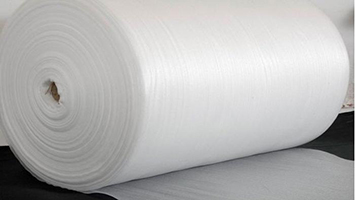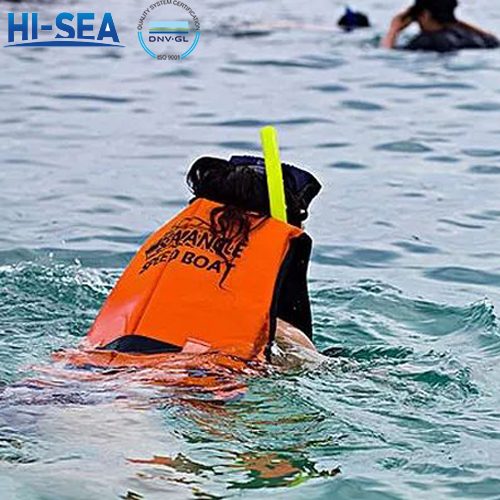
The different materials of life jackets
The material adopted by life jacket can affect the performance, buoyancy and comfort of a life jacket. The common materials of life jacket are EPS, nylon, neoprene They demand different costs and show different performance.
Overview
Expanded Polystyrene (EPS): EPS, as the main material in life jackets, is lightweight, waterproof, and has good breathability. It floats in water, providing protection and high comfort for the wearer. However, it needs regular drying and can easily absorb water.
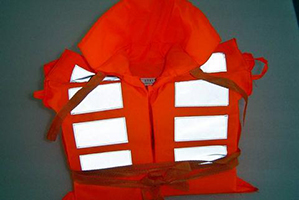
Nylon: Nylon life jackets are sturdy, abrasion-resistant, especially suitable for use at sea or in rivers. They have excellent waterproofing properties, effectively preventing water intrusion for the wearer, and offer good breathability, enhancing wearer comfort.
NBR Rubber: NBR rubber is a premium material used in diving gear, albeit expensive. It has a soft and comfortable feel, with high friction and high temperature resistance. It's commonly found in high-end life jackets.
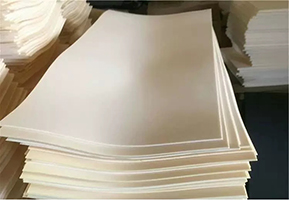
Polyester Fiber: Polyester fiber maintains dryness for extended periods in water, showcasing excellent moisture resistance. Its abrasion resistance makes it suitable for complex aquatic environments, and its outstanding breathability adds to wearer comfort.
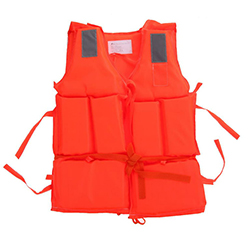
EPE Foam: Although the cost is high , EPE foam provides much higher buoyancy than EPS. Additionally, it's easy to fold and dry, making it convenient for storage and handling.
